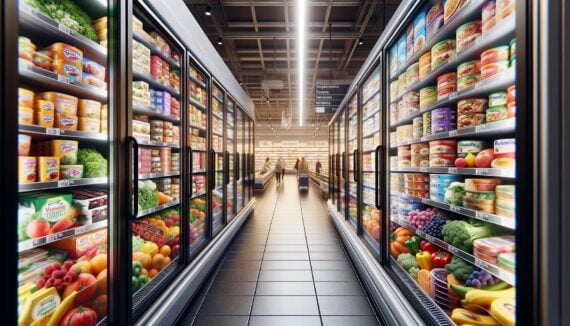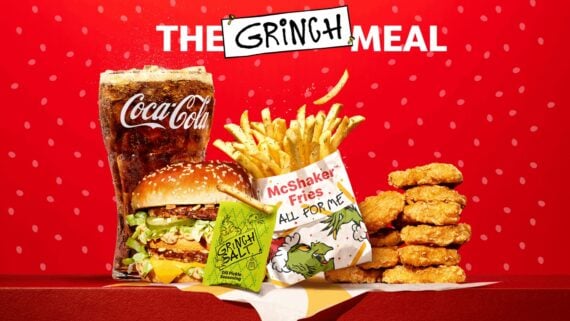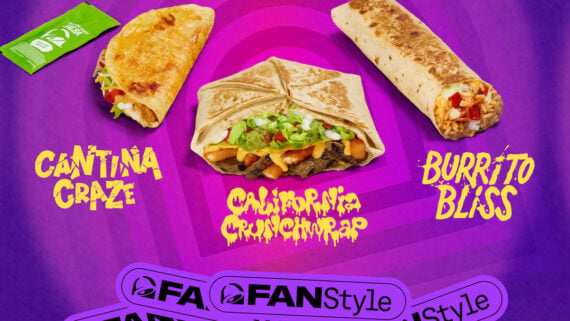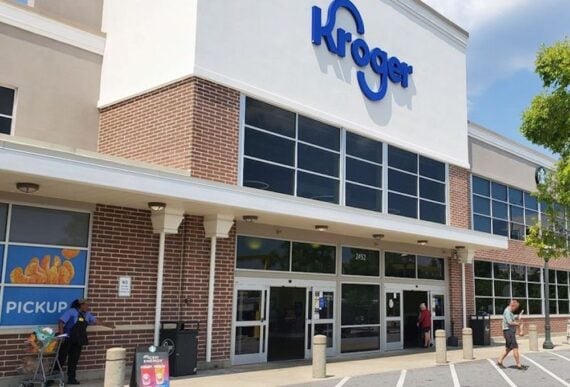In today’s fast-paced world, convenience can often trump cost, leading many consumers to unwittingly spend more than they have to on everyday items. The grocery store, for example, is brimming with products that — while branded and packaged differently — may contain the exact same content and quality as an off-brand item.
But in order to get the most bang for your buck, it’s important to discern where spending that extra dollar makes a real difference versus where it merely pads the pockets of advertisers.
For several grocery essentials, paying full price is often an unnecessary expense that savvy shoppers can easily avoid. Here are 10 grocery items you should never pay more for.
Related: Over 35 Store-Brand Foods That Deliver Quality and Savings
1. Bottled Water

Did you know that many brands of bottled water are essentially just filtered tap water. Investing in a high-quality water filter and a reusable bottle can provide you with the same quality water for a fraction of the cost. Plus, by reducing bottled water consumption, you can cut down on plastic waste and do your part to help the environment.
Related: 6 Disposable Products You Should Reuse, According to Thrifty Redditors
2. Herbs and Spices
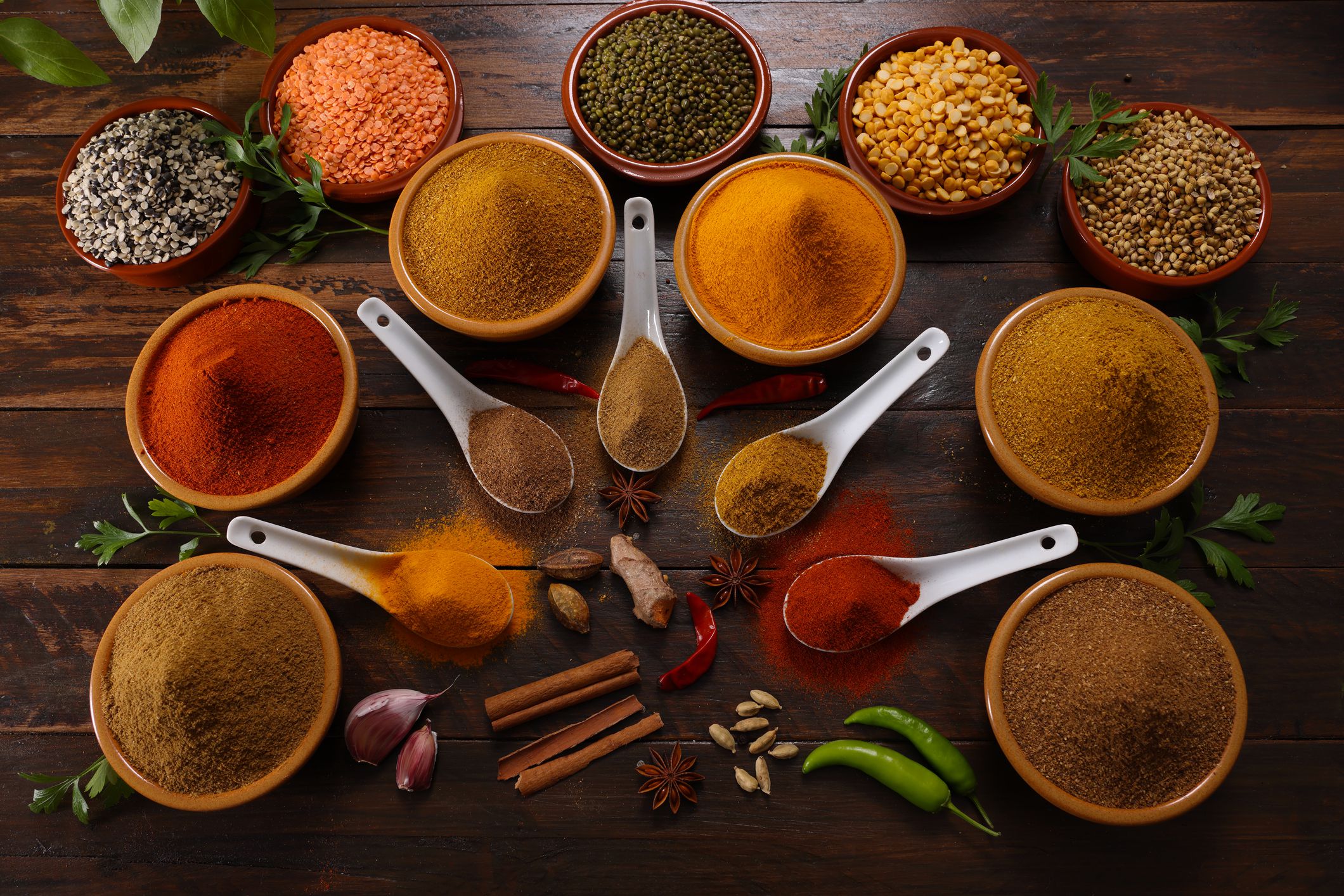
While some exotic spices might warrant a higher price tag, everyday herbs and spices such as onion and garlic powder are often similar, regardless of the brand. In fact, store-brand or generic versions are typically sourced from the same places as name brands — meaning you’re essentially paying more to cover the added costs of branding and advertising.
If you’re feeling inspired, you can also try making your own spice blends by following our guide.
For more savvy shopping advice and money-saving tips, please sign up for our free newsletters.
3. Pre-Cut Fruits and Vegetables

We get it — peeling and cutting fruit and veggies can be tedious. But pre-cut produce often comes with an added cost for the convenience. Cut up fruit also exposes the flesh to air, which can lead to quicker spoilage and nutrient loss. Buying whole produce ensures freshness and gives you more bang for your buck.
Related: 25 Recipes That Make the Most of Summer Produce
4. Canned Goods
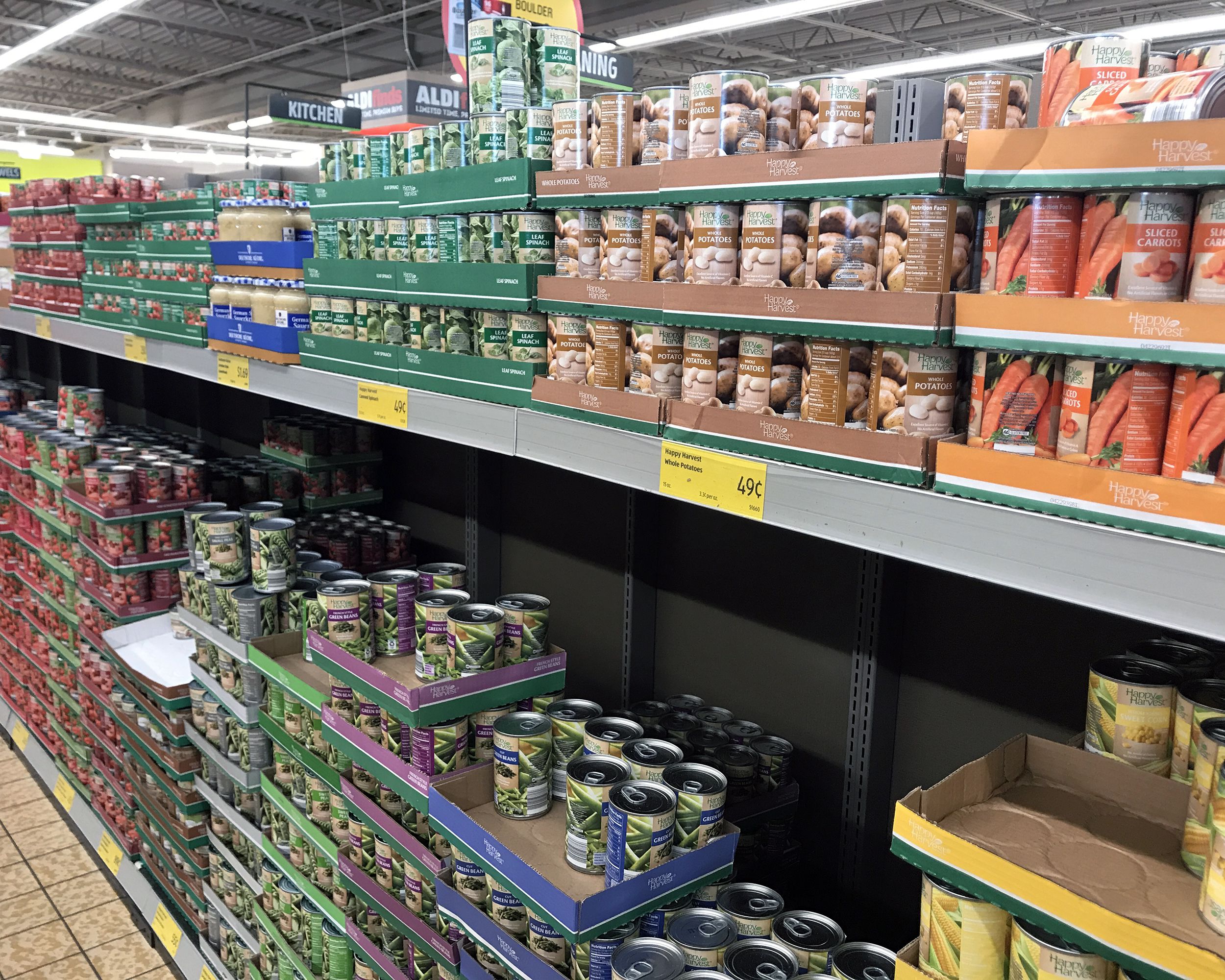
The primary ingredients in canned goods such as beans, vegetables, and soups are usually the same across brands. By reading the label, you can ensure you’re not buying something with extra salt or additives, but overall, the store-brand version will often taste and perform the same in recipes.
Related: 30 Cheap and Easy Recipes From Canned Foods
5. Cereal
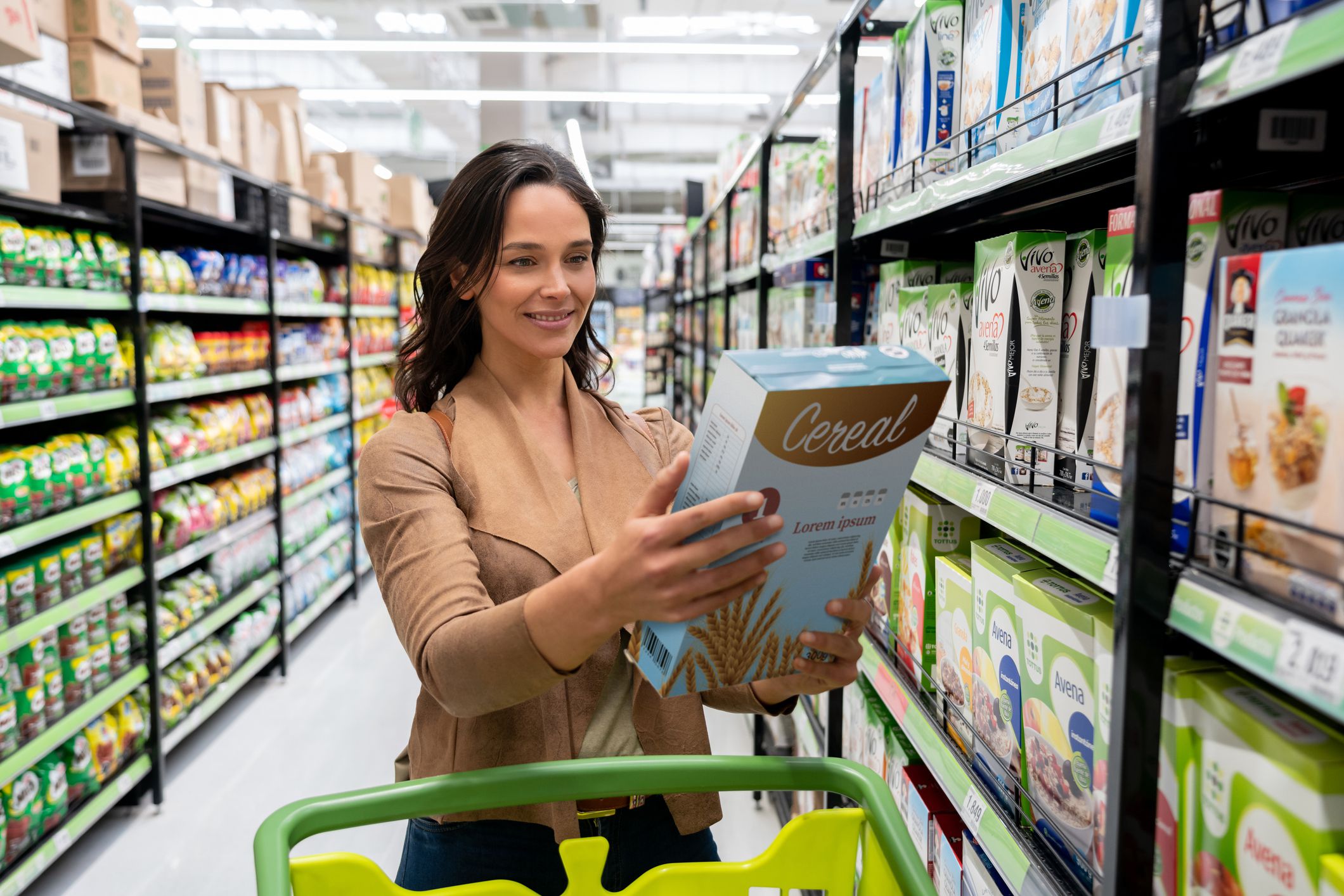
While packaging and marketing might differ significantly when it comes to cereal brands, the actual content of many cereals is remarkably similar. If you look at the ingredient list, generic or store-brand cereals often mirror their name-brand counterparts in taste, texture, and nutritional content at much lower price points.
Trending on Cheapism
6. Basic Grains
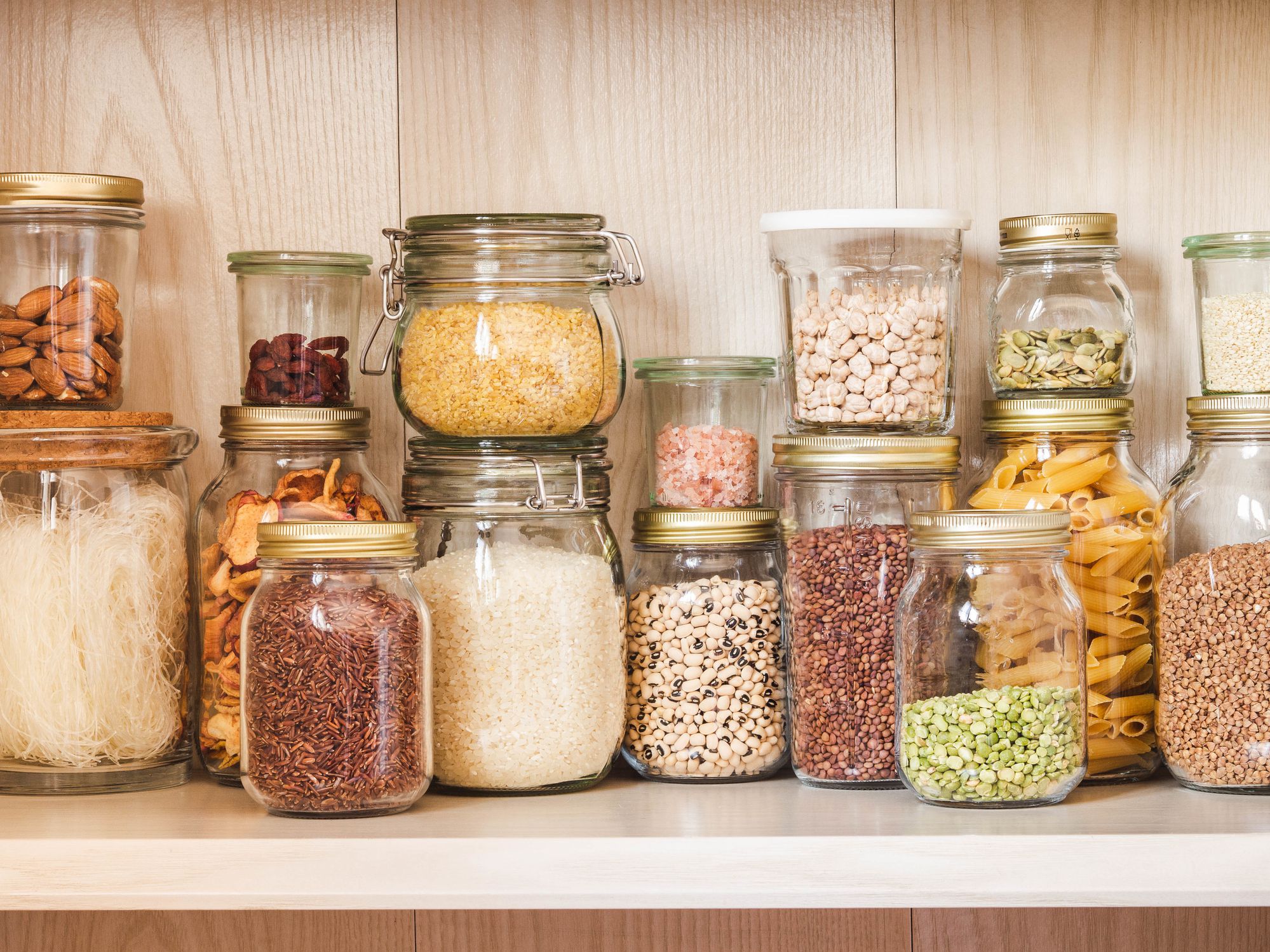
Rice, beans, oats, and pasta are pantry staples that most families stock up on. But the processing for these products is straightforward, and there’s little room for quality variation between brands (unless you’re buying organic). If you choose to go generic, you’ll likely get the same product without the brand markup. Supermarkets will often also offer coupons or discounts for these essential products.
7. Over-the-Counter Medications

Regulatory bodies in the U.S. have stringent laws in place to ensure generic medications meet standards for safety and efficacy. Thus, store-brand or generic versions of over-the-counter drugs typically contain the same active ingredients and provide the same relief as their more expensive, branded counterparts.
8. Cleaning Products

Many cleaning products, regardless of whether they’re generic or brand name, are made using the same active ingredients. By reading labels, you can ensure you’re getting a similar — or identical — product at a lower cost. Common household goods such as soap, paper towels, and toilet paper also often go on sale, or have coupons that can help lower the overall cost.
Sign up for our newsletter
9. Baking Staples
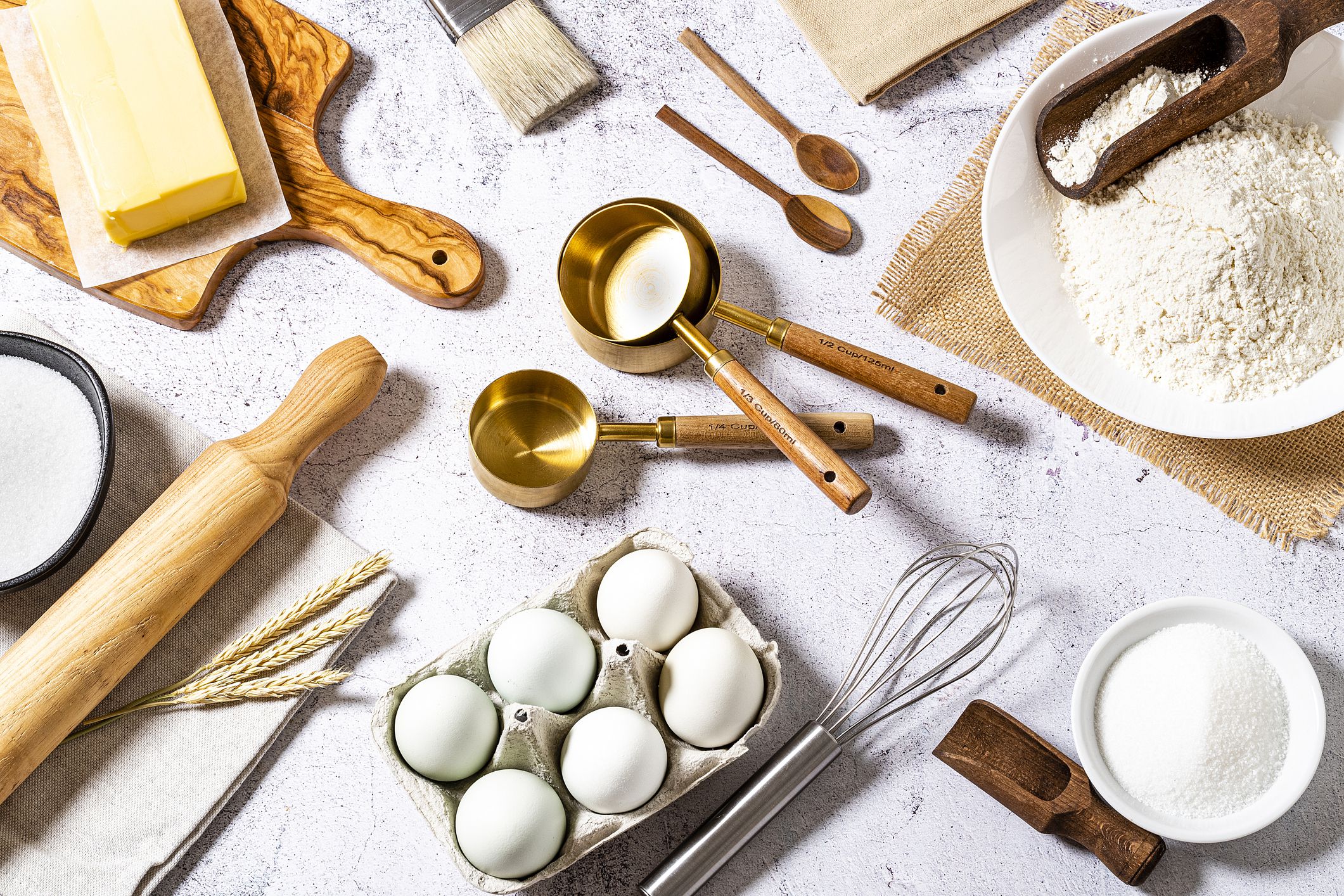
Ingredients fundamental to baking, such as flour, sugar, and baking soda, are universally standardized. This means a cup of generic flour will behave the same way in a recipe as a cup of name-brand flour, so you can rest assured that you’re saving money on these ingredients without compromising on quality.
10. Yogurt
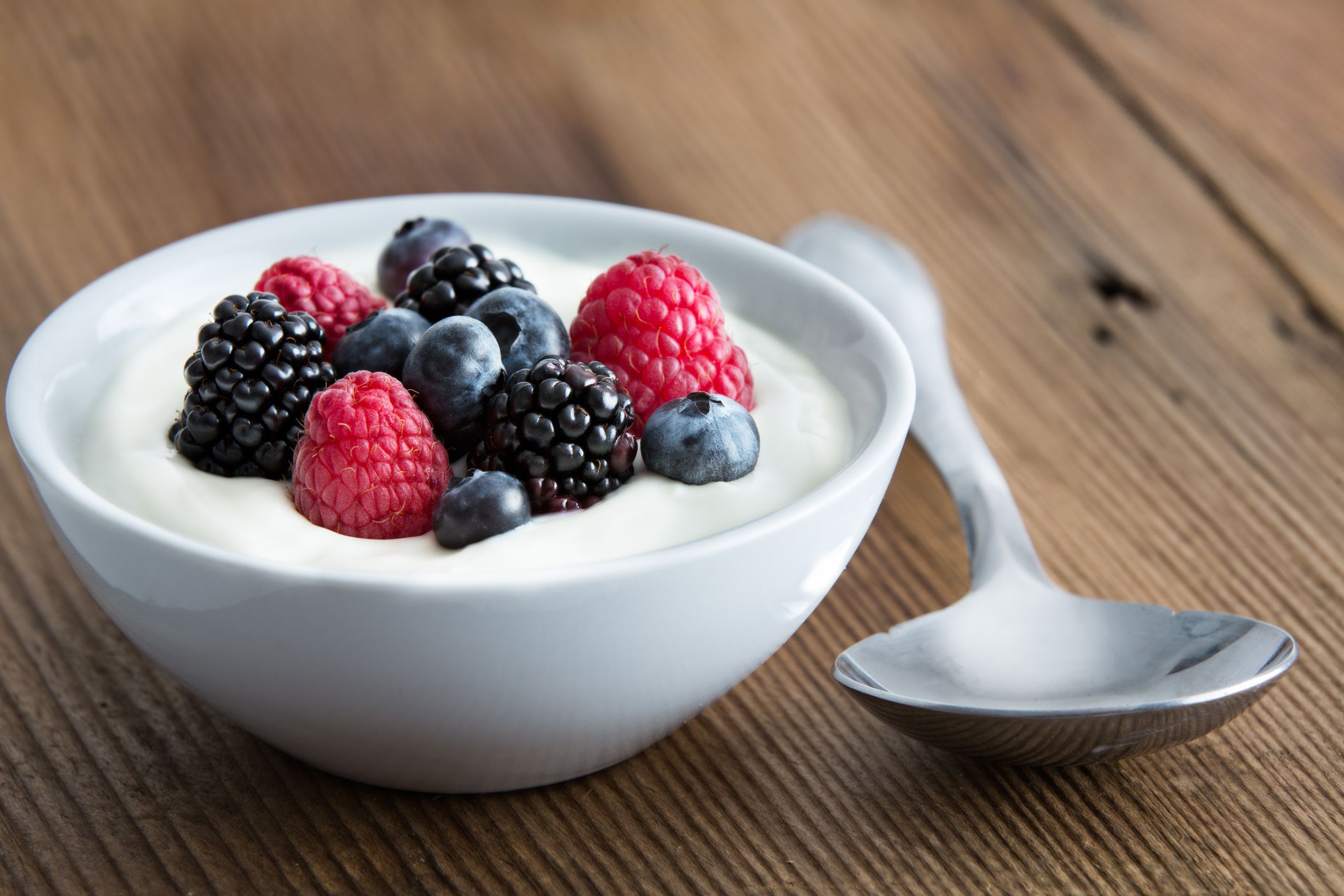
While gourmet or artisanal yogurts might call for a steeper price tag, basic plain yogurts are typically produced using similar methods and ingredients. Store brands can thereby provide significant savings — especially if you’re using yogurt as a base for smoothies or parfaits and adding your own flavors or mix-ins.


